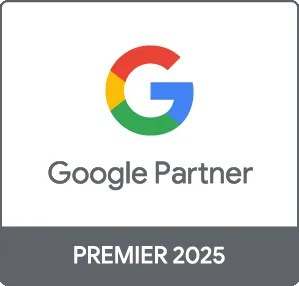Google Ads is a powerful platform for businesses looking to increase their online visibility and drive more traffic to their websites. Whether you're a small business owner or part of a larger corporation, implementing effective Google Ads advertising strategies is crucial for maximizing your return on investment (ROI). In this post, we'll explore practical strategies to enhance your Google Ads campaigns and achieve better results.
Understanding the Basics of Google Ads
Before diving into strategies, it's essential to understand what Google Ads is. Google Ads (formerly known as Google AdWords) allows businesses to create ads that appear on Google's search engine results pages (SERPs) and across various partner websites. The platform operates on a pay-per-click (PPC) model, meaning you only pay when someone clicks on your ad.
1. Define Your Goals and Target Audience
The first step in creating a successful Google Ads campaign is to define your advertising goals. Are you looking to increase website traffic, generate leads, or boost sales? Understanding your objectives will help you craft relevant ads.
Next, identify your target audience. Create customer personas based on demographics, interests, and online behaviors. This information will guide your ad copy and targeting options.
2. Conduct Thorough Keyword Research
Keywords are the foundation of any successful Google Ads campaign. Use tools like Google Keyword Planner to identify high-traffic keywords relevant to your business. Consider long-tail keywords as they often have lower competition and higher conversion rates. Group your keywords into tightly themed ad groups to ensure ad relevance.
3. Craft Compelling Ad Copy
Your ad copy should grab attention and encourage users to click. Focus on the following elements:
- Unique Selling Proposition (USP): Highlight what sets your business apart from competitors.
- Call to Action (CTA): Use strong CTAs like “Get Started,” “Sign Up Today,” or “Shop Now” to prompt action.
- Ad Extensions: Utilize ad extensions such as site link, call, and location extensions to provide additional information and increase click-through rates.
4. Optimize Landing Pages
Ensure your landing pages are optimized for conversions. The landing page should be relevant to the ad copy and provide a seamless user experience. Key factors to consider include:
- Fast Loading Time: A slow-loading page can increase bounce rates.
- Clear Layout: Ensure easy navigation with clear pathways for users to convert.
- Mobile Optimization: With more users accessing websites via mobile devices, make sure your landing pages are responsive and mobile-friendly.
5. Monitor and Adjust Campaigns
Regular monitoring of your campaigns is vital to ensure ongoing success. Analyze performance metrics such as click-through rates (CTR), conversion rates, and cost per conversion. Utilize A/B testing to experiment with different ad copies, keywords, and landing pages. Adjust your strategies based on performance data to optimize results.
Conclusion
Implementing effective Google Ads advertising strategies can significantly enhance your online visibility and drive business growth. By defining clear goals, conducting thorough keyword research, crafting compelling ad copy, optimizing landing pages, and continuously monitoring campaigns, you can achieve better ROI from your advertising efforts. At Prebo Digital, we specialize in helping businesses navigate the complexities of Google Ads. Contact us today for expert assistance in creating a winning ad strategy!





